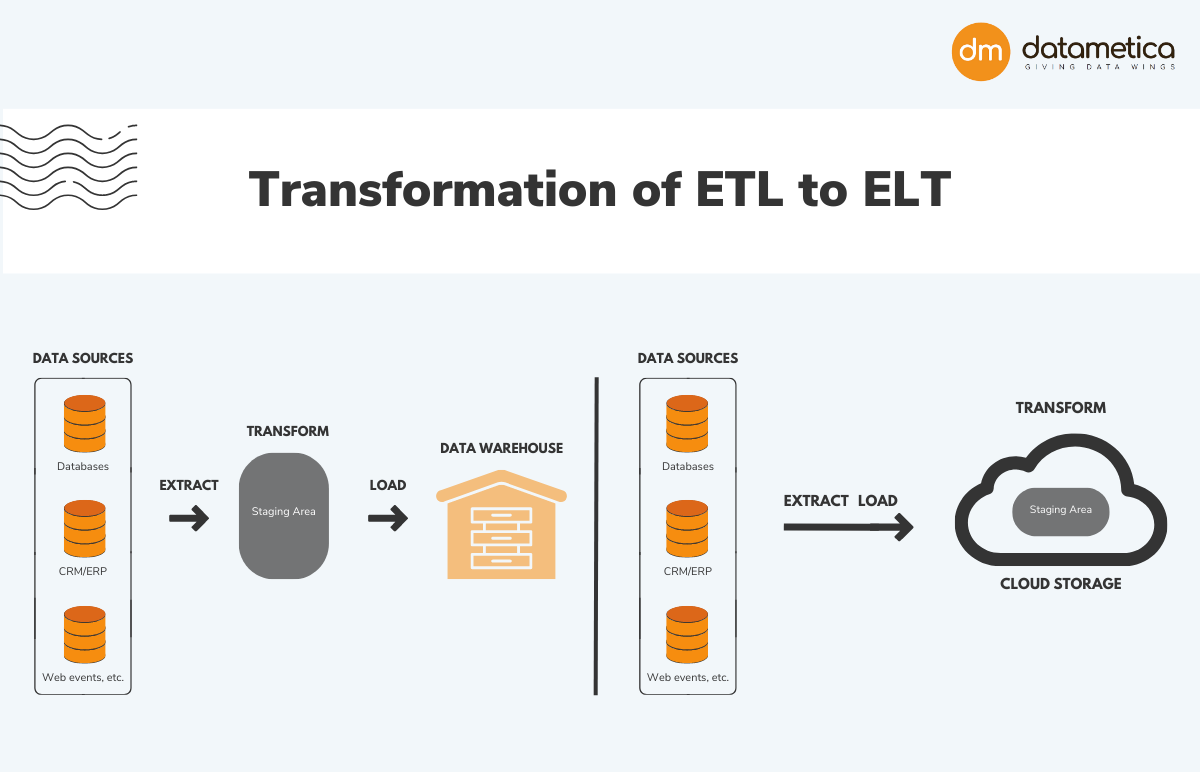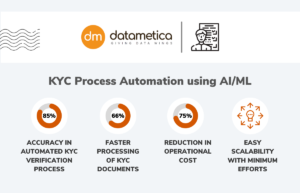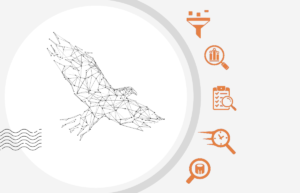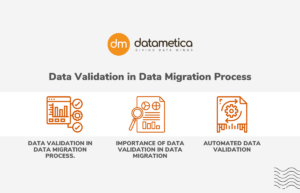FAQs
What is data conversion in ETL?
| ETL, which stands for extract, transform and load, is a data integration process that combines data from multiple data sources into a single, consistent data store that is loaded into a data warehouse or other target system. | Data conversion in ETL is the transformation of data from one format or structure to another in order to make it compatible with the target system or data repository. The objective of data conversion is to ensure that the data is usable and consistent in the target system so that it can be analyzed, reported, and utilized for decision-making. |
What is the meaning of ETL migration?
| ETL represents Extract, Transform and Load, which is a cycle used to gather data from different sources, change the data relying upon business rules/needs and burden the information into an objective data set. | ETL migration is the transfer of data, metadata, and processes from an existing ETL (Extract, Transform, and Load) system to a new system. ETL migration seeks to improve data integration, data quality, and processing efficiency while minimizing disruption to existing systems and processes. |
How do you convert data in ETL?
ETL Transformation Steps
| In ETL, converting data involves multiple steps:
|





2 Comments